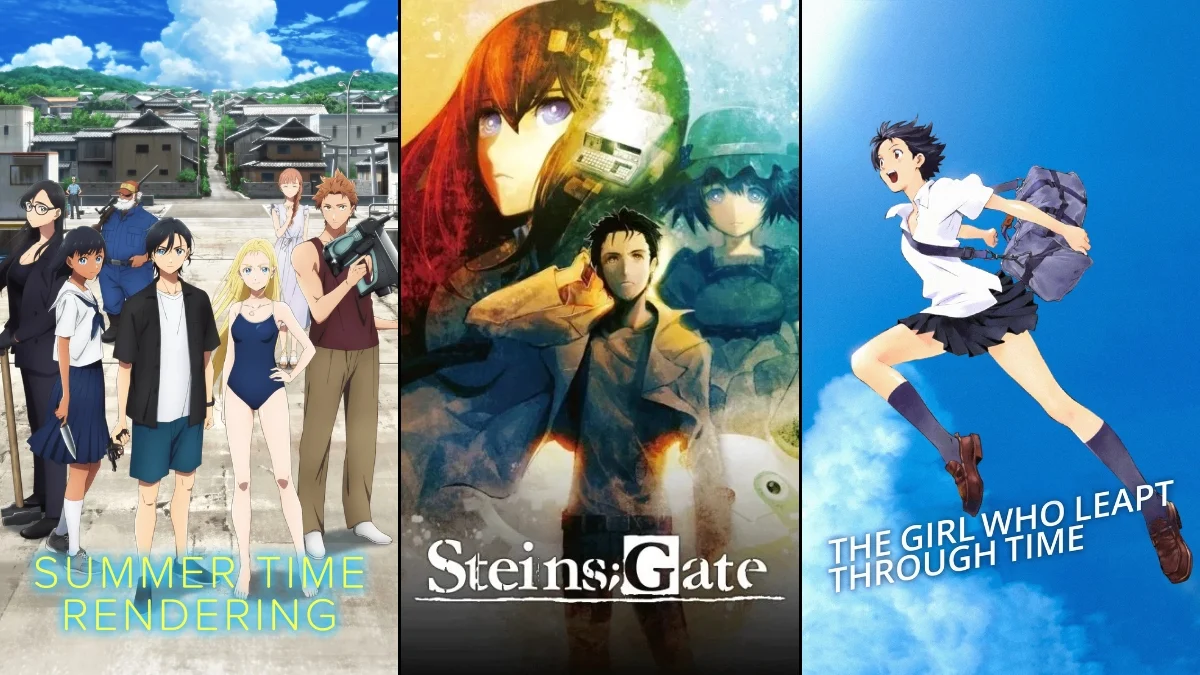
Anime frequently explores time manipulation through various methods like repeating time loops, messages from the future, complete resets, and alterations to history, all with unique rules and outcomes. Whether it’s a small correction of a single error or a massive shift that changes everything, creators use these concepts to fuel stories about mysteries, love, and conflict. This collection features twenty-five anime that play with time in interesting ways, explaining how each time-bending mechanic works and what purpose it serves in the plot. Expect to see a wide range of devices used – from futuristic technology to magical objects and ancient relics – each offering a different perspective on how stories can twist and turn time.
‘Steins;Gate’ (2011) – text messages to the past and short “time leaps”
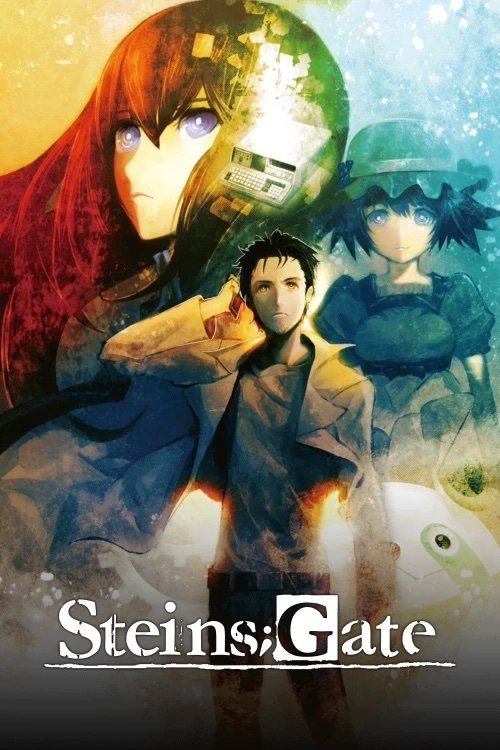
As a huge fan of time travel stories, ‘Steins;Gate’ really blew me away. The characters can actually change the past by sending texts – they call them ‘D-mails’ – to earlier points in time. It’s not just about altering events, though. There’s this other device that lets you send your consciousness back in time, so you remember everything even as things rewind. The story follows all these different timelines that split off from each other, and it’s fascinating to see what they have to do to get the outcome they want. What’s really clever is that it doesn’t ignore the little things – things like how long a text can be or how a small change can have big consequences. It feels really grounded, even with all the time travel craziness.
‘The Girl Who Leapt Through Time’ (2006) – limited time leaps with a visible counter

‘The Girl Who Leapt Through Time’ follows a young woman who discovers she can briefly jump through time, but only a limited number of times. At first, she uses this ability to fix small problems, but soon realizes that even minor changes to the past can have significant and unforeseen consequences. As her jumps become fewer, the story explores how these choices affect her relationships and the world around her. The mystery of where the time-leaping ability comes from, and the rules governing it, are key to preventing bigger problems and ensuring the timeline doesn’t fall apart.
‘Erased’ (2016) – involuntary jumps tied to preventing imminent harm
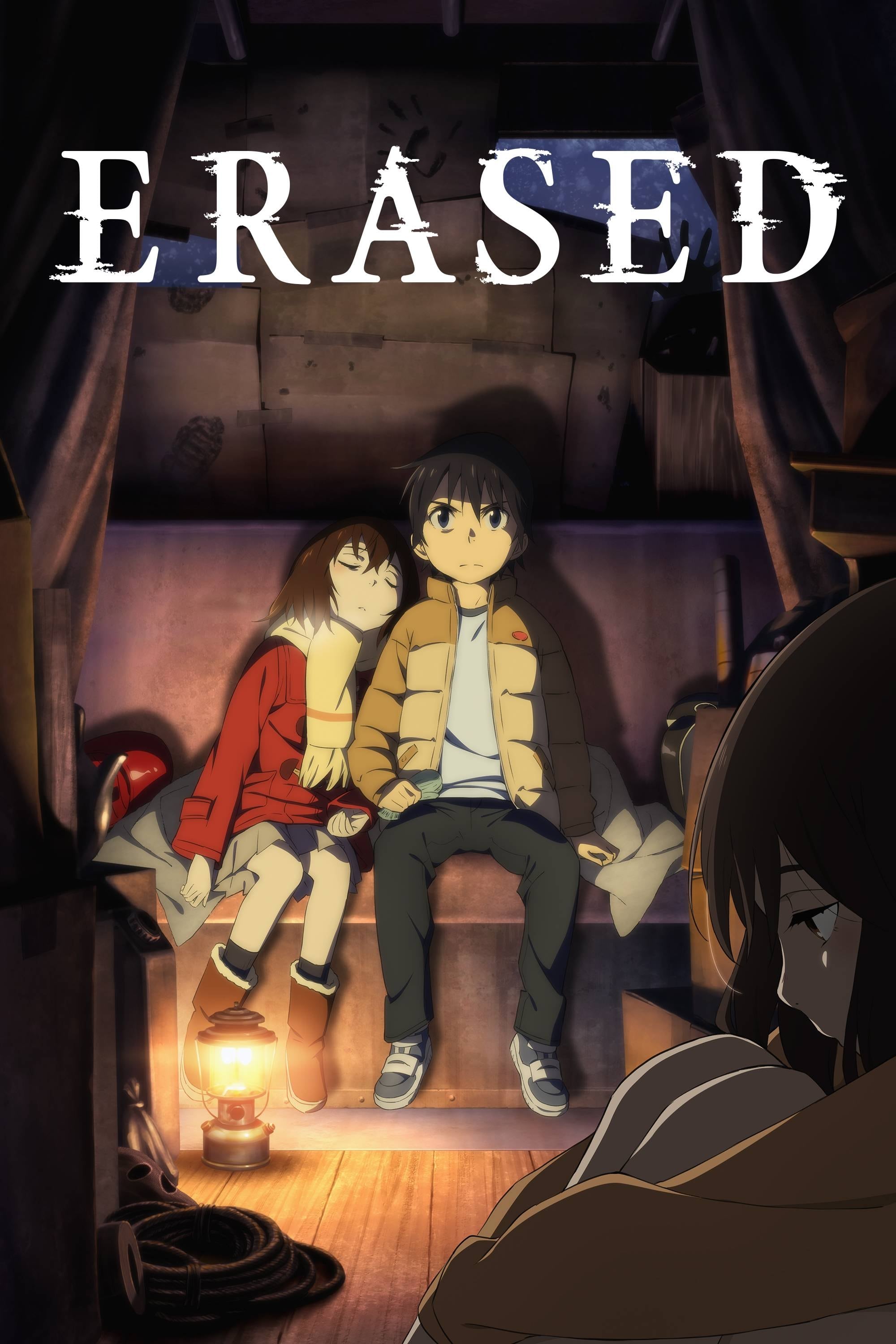
The series ‘Erased’ centers around a unique ability called ‘Revival,’ which sends the main character back in time just before a dangerous event. This power activates on its own when he’s threatened, causing him to relive moments repeatedly until he can prevent the disaster. One significant use of Revival sends him all the way back to his childhood, blending a mystery investigation with the challenge of altering everyday life to change the future. He has to be careful though – he needs to gather clues and solve the mystery without drawing attention to himself or causing new problems.
‘Re:ZERO -Starting Life in Another World’ (2016–2021) – checkpoint resets anchored to the protagonist’s death

In ‘Re:Zero − Starting Life in Another World,’ the main character can rewind time when he dies, but not all the way back to the beginning. The series uses a ‘Return by Death’ system, creating save points that move forward as the story goes on. Each time he dies, he restarts at the most recent save point, keeping his memories. The show focuses on how he learns from each loop, building up knowledge, making allies, and developing strategies. It also highlights the challenges this power creates, such as the mental toll it takes, the unpredictable nature of the save points, and the need for careful planning to alter certain events.
‘Puella Magi Madoka Magica’ (2011) – repeated global loops driven by a single user’s wish

The anime ‘Puella Magi Madoka Magica’ features a character who can reset time thanks to a magical agreement, letting them try again and again to save someone. Each time loop builds on what was learned before, creating new possibilities and consequences. This power is tied to a system that tracks results across different realities. The story explores how these repeated loops increase the risks and fundamentally change the rules of magic itself.
‘Tokyo Revengers’ (2021–2023) – handshake-triggered jumps along a fixed age offset

In ‘Tokyo Revengers,’ the main character travels back in time whenever he touches a certain person, always jumping the same number of years into the past. This consistent time jump allows him to strategically change events in ongoing gang wars. Because his actions in the past alter the present, each attempt creates different outcomes. The story also establishes rules for time travel, like needing a specific trigger and the challenge of coordinating plans across different time periods.
‘Inuyasha’ (2000–2004) – travel through an ancient well linking eras

‘Inuyasha’ features a magical well that physically transports people between modern Japan and Japan’s warring past, the Sengoku period. Traveling through this well isn’t about remembering history, but actually going there. Access depends on spiritual power and connections to a powerful jewel called the Shikon Jewel. Characters move back and forth, changing events, forming alliances, and impacting battles. The series explores how time travel is limited by location and how the past influences what happens when people cross time.
‘Summer Time Rendering’ (2022) – iterative loops against an enemy that learns back

I’m completely fascinated by ‘Summer Time Rendering’! The way time loops work in this series is so clever. It’s not just simple repetition – the story revolves around a loop that resets to a specific point, but after big things happen, the reset point moves forward. What really gets me is that the main character remembers everything from each loop, but the enemies… they can learn and adapt, too! It creates this incredible back-and-forth, a race to gather information and stay one step ahead. There are clear rules about how far back time can go, and a real cost to pushing the loop forward, which adds to the tension. It’s all about gathering clues, keeping the right people safe, and trying to survive as the loops keep happening – it’s brilliant!
‘Your Name.’ (2016) – timeline crossing entwined with body-swaps and a celestial event

‘Your Name’ tells the story of characters who repeatedly switch bodies with each other, but not at the same time. These swaps connect two different points in time, one before and one after a disaster. Though their memories become fragmented, they leave behind diaries, notes, and objects that help them remember across these shifts. The film sets specific rules about places and times that must match up for them to truly connect. Ultimately, the characters must coordinate locations, names, and unique signals to overcome the weakening link between them.
‘Noein: To Your Other Self‘ (2005–2006) – travelers from branching futures manipulating possibilities

‘Noein’ is a show that combines the ideas of multiple universes and time travel. It features agents sent from different possible futures to change the present. The story explores how these potential futures, such as La’cryma and Shangri-La, essentially compete with each other, choosing which one will become reality. Characters use technology to predict what might happen and then ensure a specific outcome. The show also examines the dangers of changing the past, like creating paradoxes, altering identities, and the consequences of eliminating other possible timelines.
‘The Melancholy of Haruhi Suzumiya’ (2006–2009) – closed loops and discreet trips via classified time travelers

‘The Melancholy of Haruhi Suzumiya’ features time travelers who are authorized to journey to different periods for research and to control potentially dangerous situations. The show includes areas where time is locked, and a well-known storyline where several days repeat endlessly. Strict rules are in place to prevent revealing information that could disrupt the stability surrounding a powerful, unexplained phenomenon. These travelers operate under specific guidelines, using disguises and working within limited timeframes to minimize their impact.
‘Higurashi: When They Cry’ (2006–2021) – repeating timelines that preserve fragments of awareness
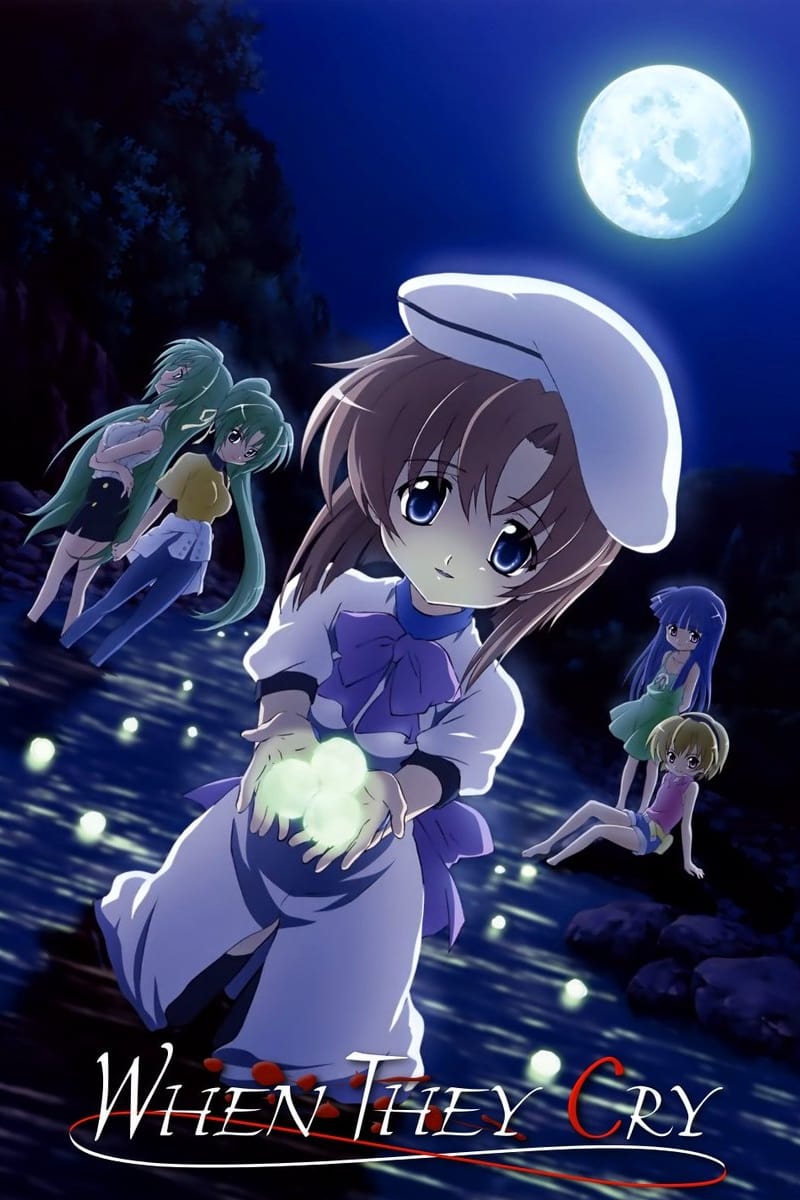
‘Higurashi: When They Cry’ repeats the same summer over and over, but with slight differences. As the story loops, characters start to remember events from previous cycles. Each new loop changes small details – like who trusts whom, what evidence is found, and when things happen – in an attempt to avoid terrible outcomes. Think of each loop as a separate but connected world, and the story can progress when certain conditions are fulfilled. Characters use things like notes, confessions, and careful planning to share information and learn from past cycles.
‘Zipang’ (2004–2005) – a modern warship displaced into a historic conflict
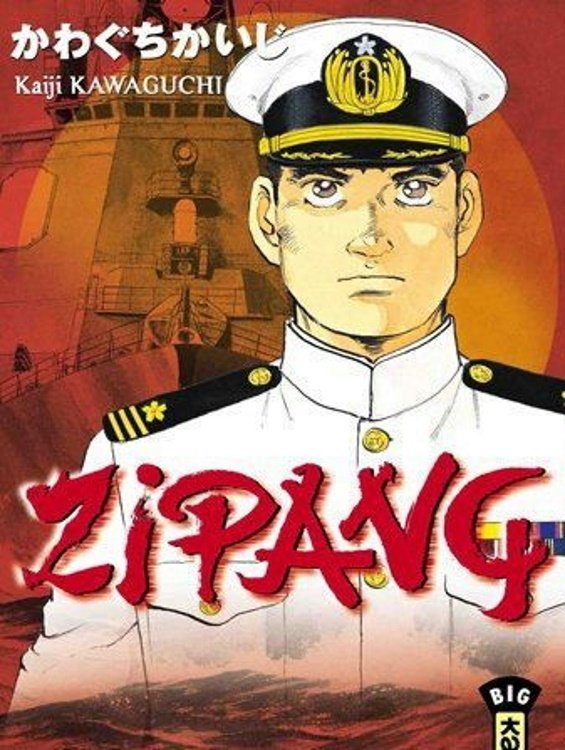
‘Zipang’ tells the story of a modern naval destroyer unexpectedly sent back in time to a major war in the Pacific. The crew struggles with difficult choices about how to act, both morally and strategically, and worries that their futuristic technology could change the past. Each episode explores tough decisions made by commanders, tricky intelligence situations, and meetings with famous historical figures. The series ultimately examines the conflict between trying not to interfere with the past and doing what’s necessary to survive.
‘Nobunaga Concerto’ (2014–2015) – accidental time slip leading to historical substitution

‘Nobunaga Concerto’ tells the story of a student who travels back in time and must pretend to be Oda Nobunaga because they look exactly alike. The series shows how the student uses their modern knowledge to help with governing, leading armies, and negotiating with others. A key challenge is keeping up the charade and not changing history, all while being watched closely. It explores how someone’s skills from the present day can be applied to ruling in the past under immense pressure.
‘Sagrada Reset’ (2017) – community-bound reset paired with perfect recall

‘Sagrada Reset’ takes place in a town filled with people who have unique powers, one of which is the ability to ‘reset’ reality to a previous point in time. However, one character retains their memories even after a reset, letting them recover lost details. The story follows how these powers are combined – with specific rules about range, timing, and permissions – to carefully solve mysteries and prevent misuse.
‘Time Bokan’ (1975–1976) – episodic chases through different historical moments
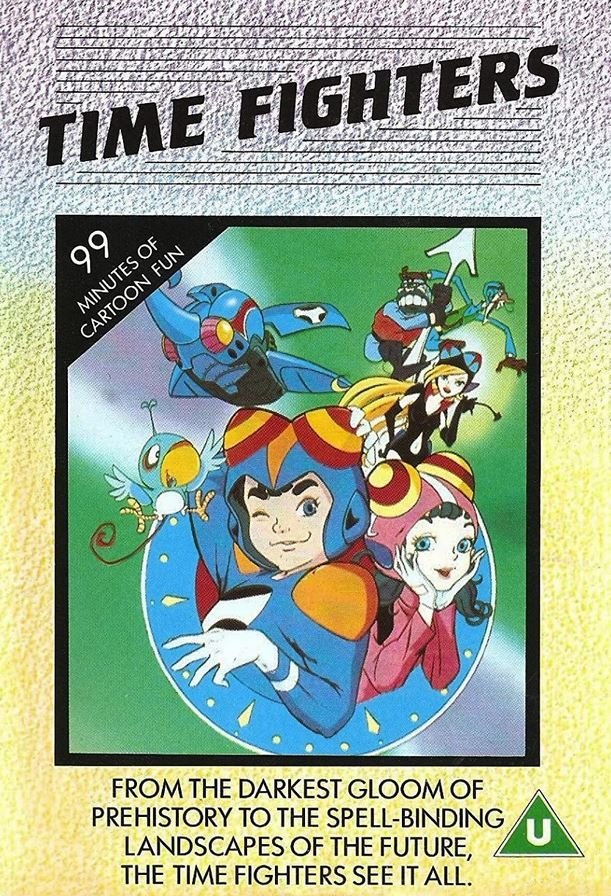
‘Time Bokan’ is an anime series where characters travel through time in a special vehicle, searching for treasure and getting into funny situations. Each episode follows a basic pattern: they arrive in a different historical period, explore, and then try to escape with the treasure. The stories rely on gadgets, competing teams, and clear objectives, but don’t get bogged down in complicated time paradoxes. It’s a good example of an early anime that used the ‘adventure of the week’ format with time travel.
‘Doraemon’ (1979–2005) – routine trips via a household time machine and gadgets
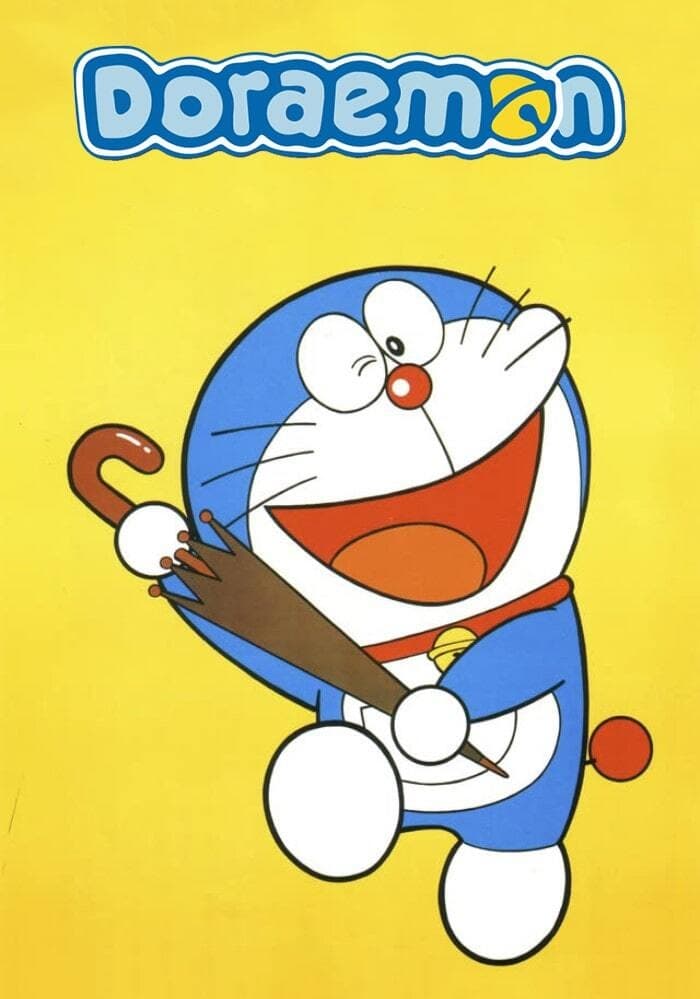
Doraemon is known for its incredible gadgets, like a time machine, that allow the characters to travel to the past and future. Tools such as the Anywhere Door and Time Furo make it easy to go anywhere and anytime. The stories show these gadgets being used for everyday things – like helping with homework or visiting ancestors – but also warn about what can happen if they aren’t used carefully. The series often establishes clear rules for how the gadgets work, so the results depend on following those rules exactly.
‘Sailor Moon’ (1992–1997) – time gates, guardians, and a distant capital
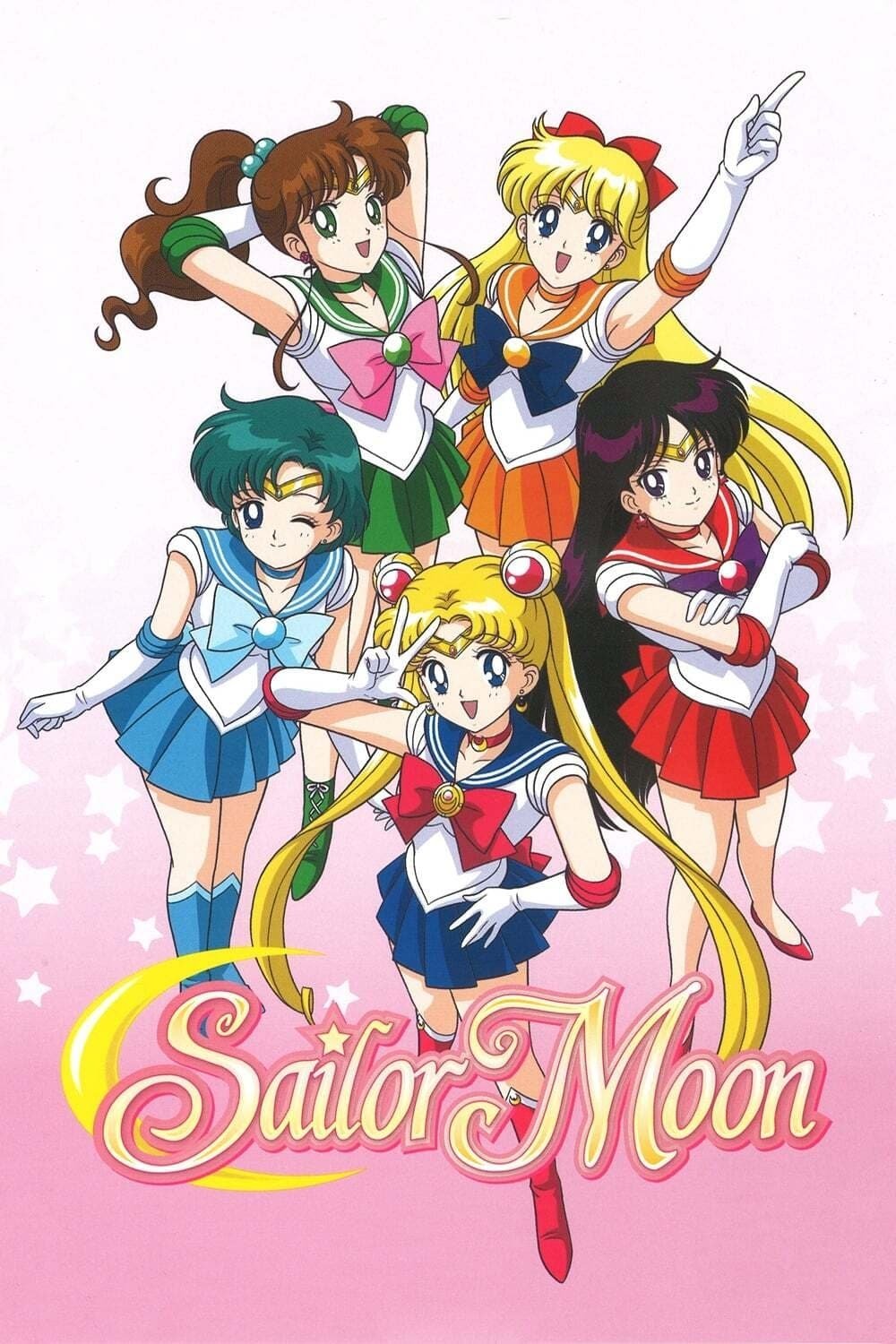
‘Sailor Moon’ features a carefully guarded pathway through time, overseen by a protector who decides who can travel through it. The story links a futuristic city to the present day, revealing shared ancestry, important objects, and royal traditions that continue through generations. Time travel is only allowed for specific purposes, and attempting to travel without permission activates security measures. Special items, keys, and ceremonies determine who is granted access and ensure the timeline isn’t disrupted.
‘The Tatami Galaxy’ (2010) – recursive college years as a branching-path loop
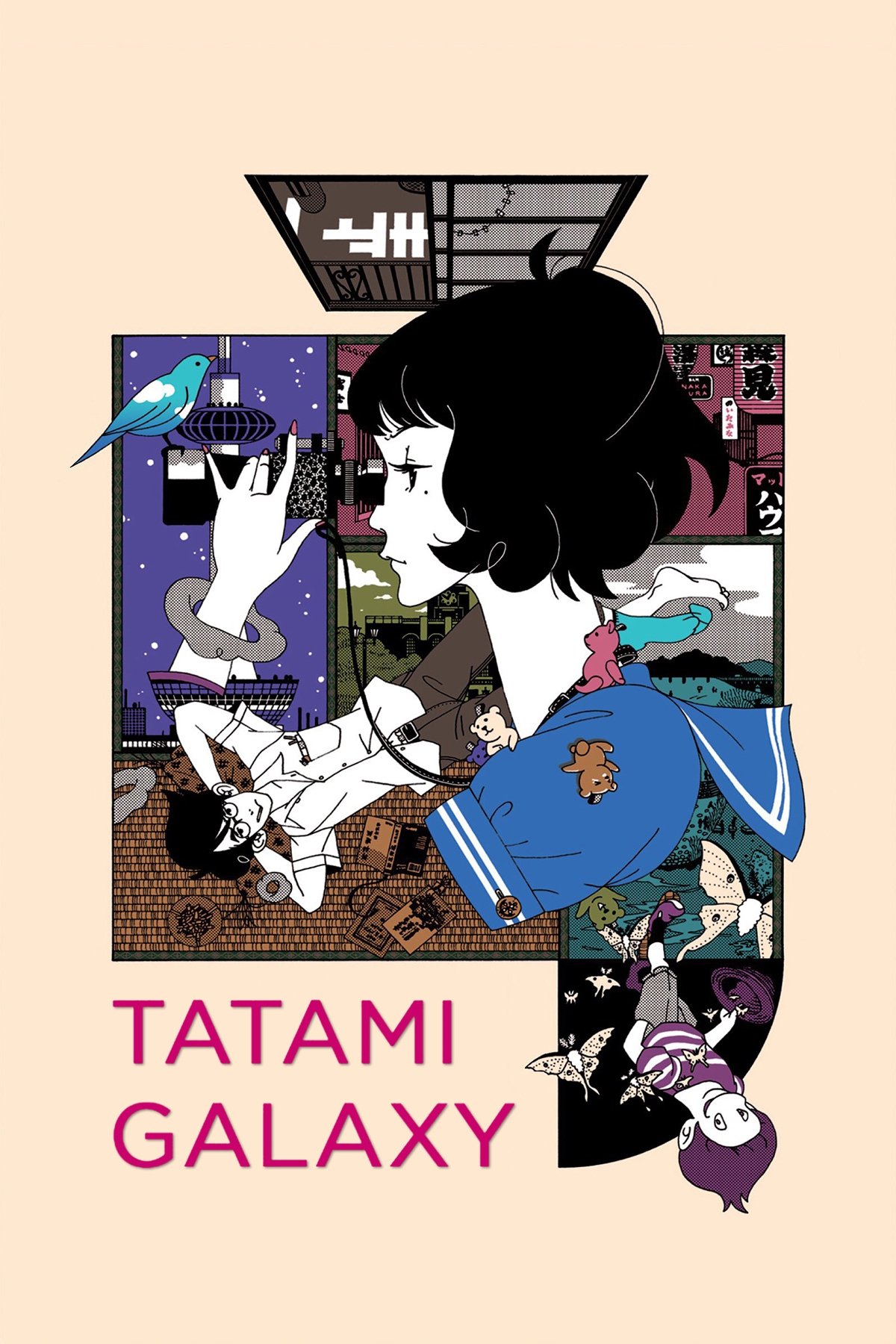
‘The Tatami Galaxy’ tells the story of a college student reliving his freshman year over and over, each time joining a different club. While each version of events plays out differently, certain themes and clues remain consistent. The show cleverly illustrates how even small choices can drastically change a person’s relationships, daily routine, and future possibilities. By the end, the many versions of events combine to reveal a larger truth about the student’s experience.
‘The Tatami Time Machine Blues’ (2022) – a literal time machine used to undo a small accident
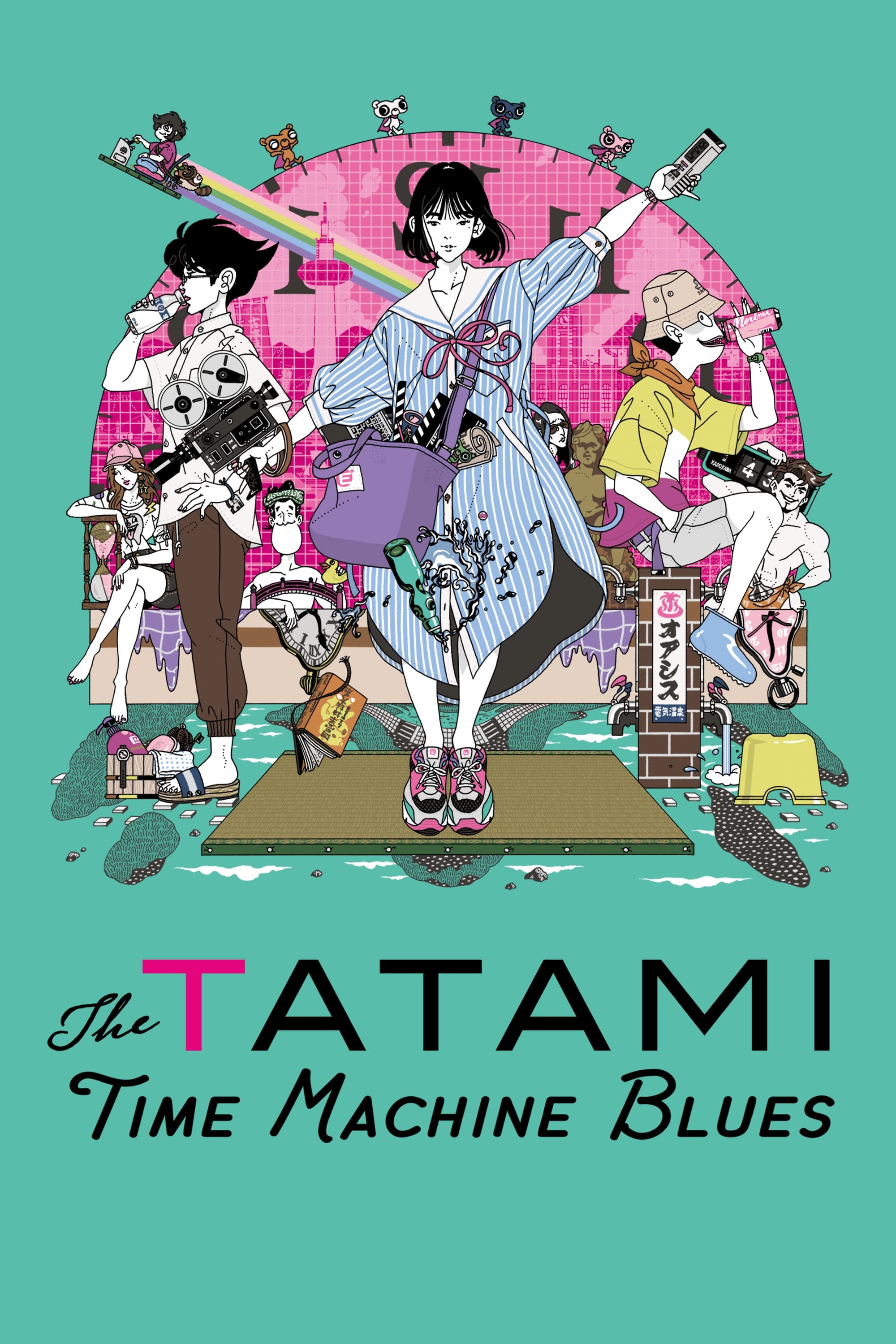
‘Tatami Time Machine Blues’ features a time machine used to relive a hot summer day and correct a simple mistake. The characters carefully plan their actions to avoid encountering their past selves while trying to fix what went wrong. The story establishes clear rules for how time travel works, including limits on jumps, how to handle duplicates, and the importance of communication. It portrays time travel as a practical solution to a local issue, rather than something with universe-altering consequences.
‘Orange’ (2016) – future letters that alter a classmate’s fate
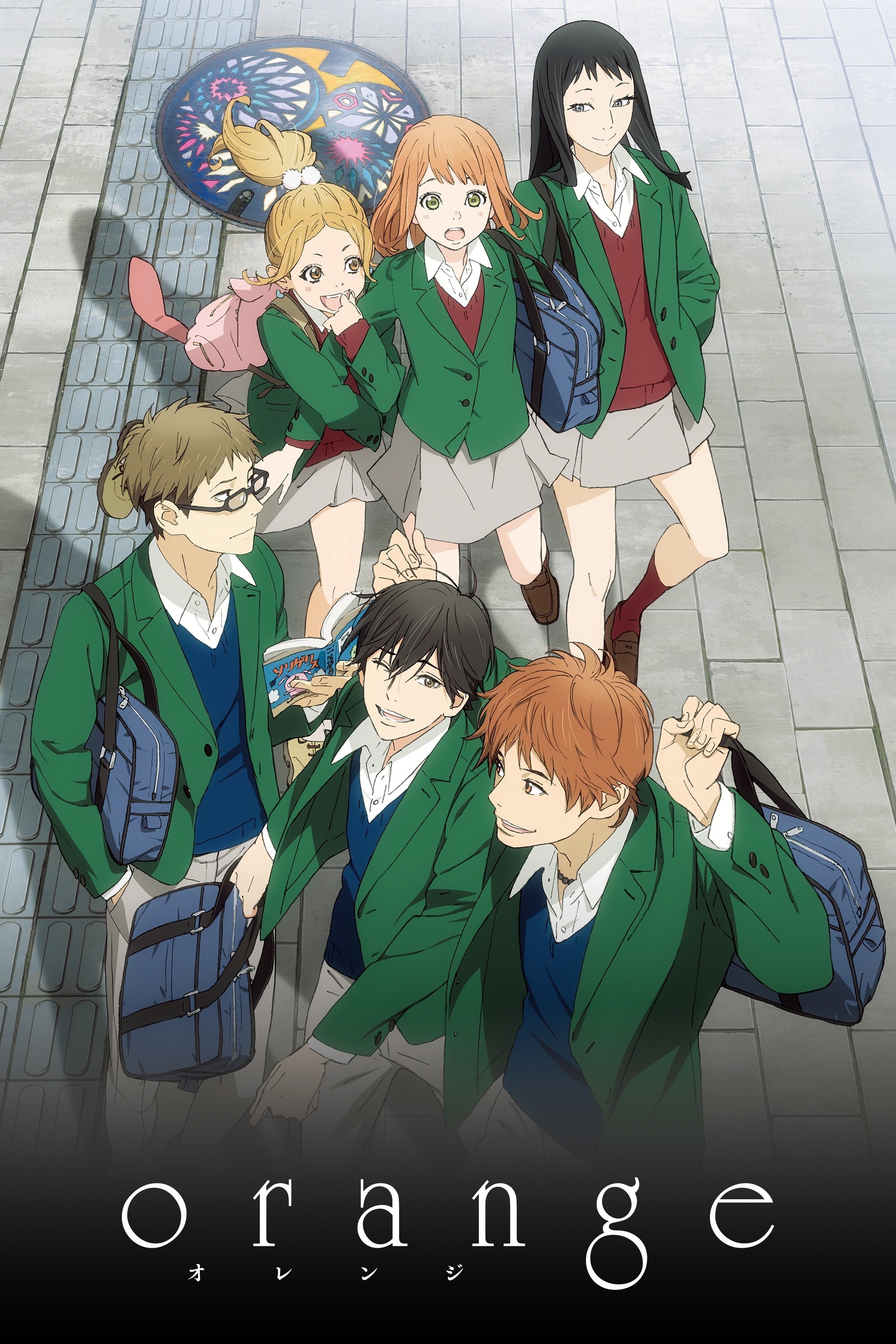
I just finished watching ‘Orange’, and it’s a really fascinating premise. The show centers around a group of friends who are essentially trying to rewrite their past by sending letters from their future selves. These aren’t just vague warnings, though; they’re incredibly detailed, with specific times, places, and things the younger versions of themselves need to do. What’s really compelling is seeing how this foreknowledge messes with their everyday lives – simple things like who gets invited where, or how they spend their time. It’s not just about avoiding a tragedy, it’s about the surprisingly complex work of coordinating all these changes – the scheduling, the passing on of information, making sure everyone is on the same page. It’s a surprisingly logistical show, and really keeps you guessing.
‘Natsu no Arashi!’ (2009) – ghost-mediated jumps tied to summer sunlight
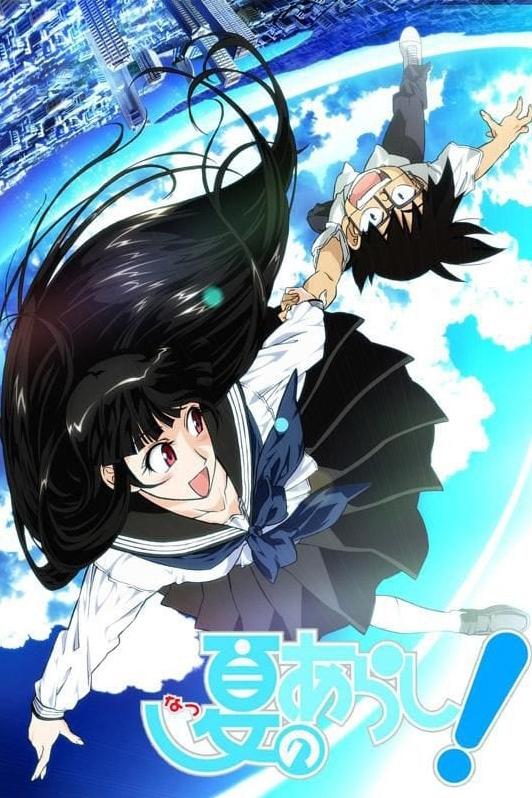
‘Natsu no Arashi!’ features time travel that’s possible by connecting with spirits when the weather and light are just right. These connections send characters back to Japan during wartime, where they can make small changes to help people or deliver important news. The ability to travel depends on strong relationships and things like being in direct sunlight. The show also realistically portrays the challenges of time travel, like what you can bring with you, limited time for visits, and avoiding disruptions to the timeline.
‘Buddy Complex’ (2013) – emergency displacement and causality-linked piloting

‘Buddy Complex’ starts with its main character unexpectedly finding himself in a future war. The giant robots, or mecha, in the show work by linking pilots together, allowing them to share information and anticipate enemy moves. Success in missions often depends on using knowledge gained from traveling through time. The series explores military strategy, teamwork, and how knowing what’s going to happen affects battle plans.
‘One Piece’ (1999– ) – a Devil Fruit that sends people forward in time
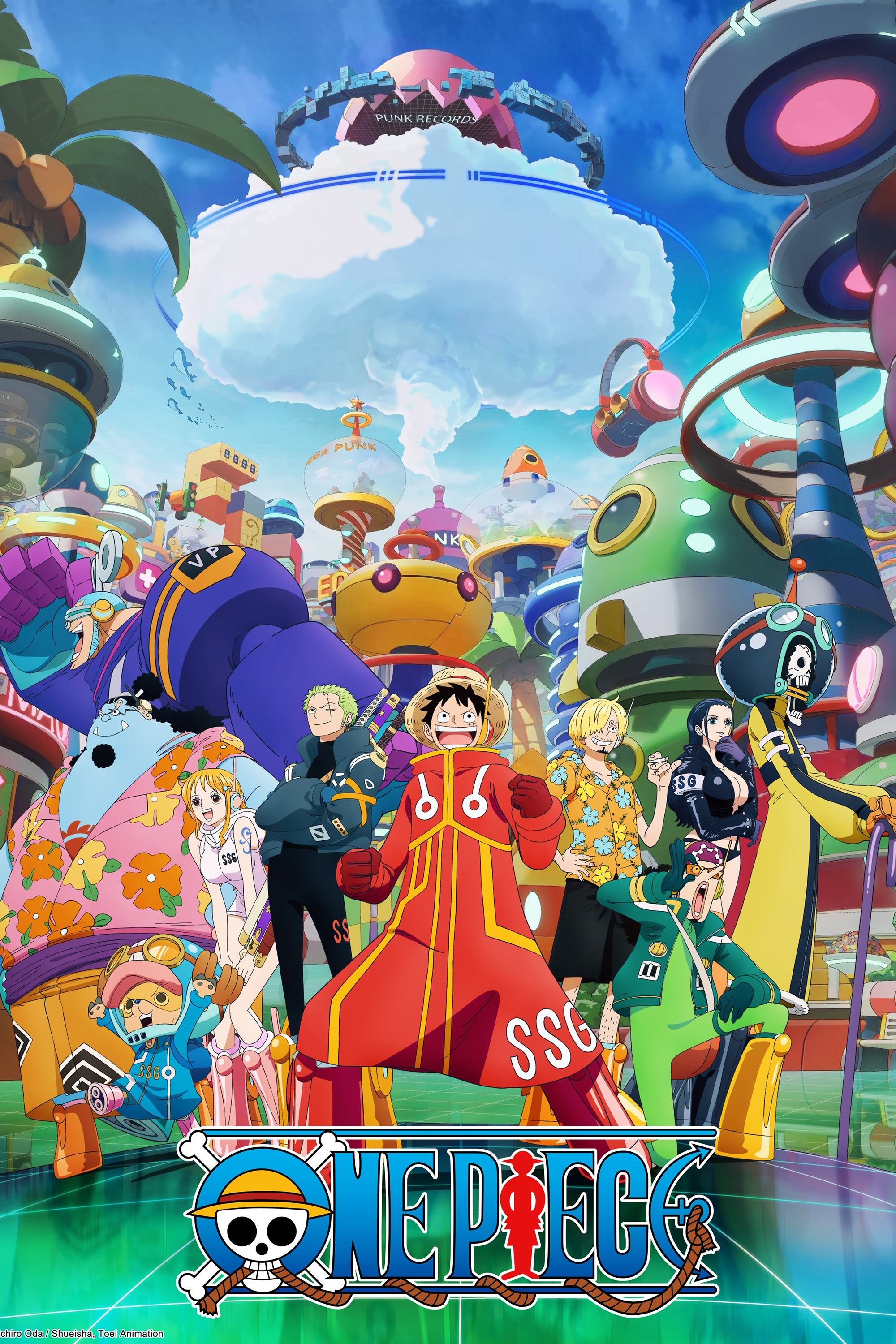
In the anime ‘One Piece’, some characters have a unique ability: they can send people into the future, but not the past. This power is used to ensure a family’s continued political influence and to plan a rebellion that happens much later. Because it only works for forward travel, those who inherit these plans must fill in the missing pieces using clues left behind – things like messages, family heirlooms, and the help of trusted allies – to carry out the original intentions across many years. The story shows how these things connect the past to the future.
‘Mirai’ (2018) – encounters across a family’s timeline within a single household
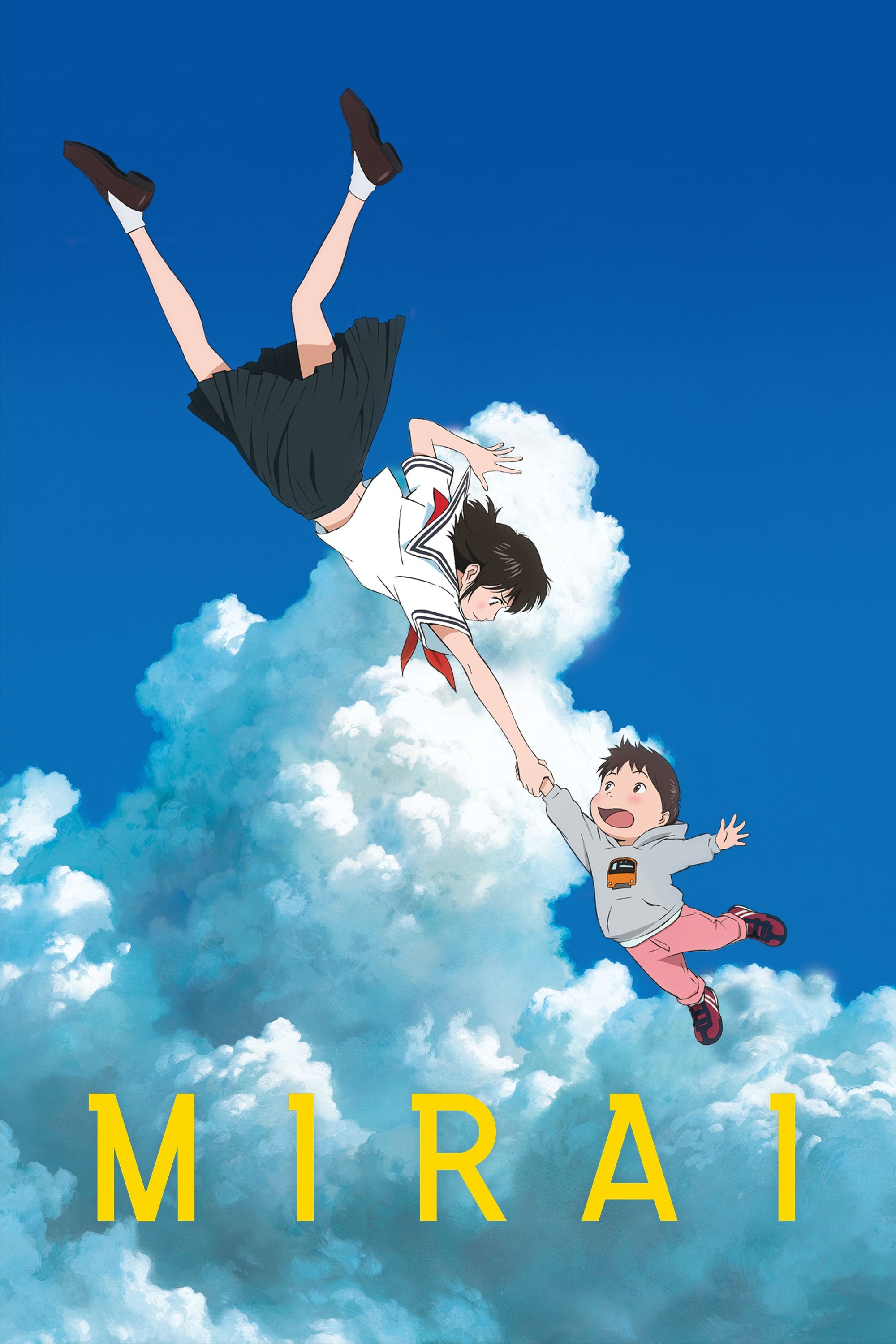
The film ‘Mirai’ tells a story of visiting family members at different points in their lives. These visits happen through a magical garden that connects different times. Each encounter helps the main character understand his family’s history, traditions, and the roles everyone plays. The film uses time travel not as a science fiction adventure, but as a way to learn about and see family conflicts in a new light. The rules of time travel aren’t based on technology or magic, but on the connections between people and places.
Share your favorite clever anime time-travel twist in the comments!
Read More
- Silver Rate Forecast
- Gold Rate Forecast
- Красный Октябрь акции прогноз. Цена KROT
- MSCI’s Digital Asset Dilemma: A Tech Wrench in the Works!
- Bitcoin’s Ballet: Will the Bull Pirouette or Stumble? 💃🐂
- Dogecoin’s Big Yawn: Musk’s X Money Launch Leaves Market Unimpressed 🐕💸
- Binance and Botim Money Join Forces: Crypto in the UAE Gets a Boost-Or Does It? 🚀
- 🚀 Cardano’s NIGHT Token: A Tale of Insanity, Dumplings, and $10B Dreams! 🌙
- 🤑 Coinbase’s Solana DEX: A Bridge or a Heist? 🤔
- Guardian Wealth Doubles Down on LKQ Stock With $1.8 Million Purchase
2025-10-29 14:49